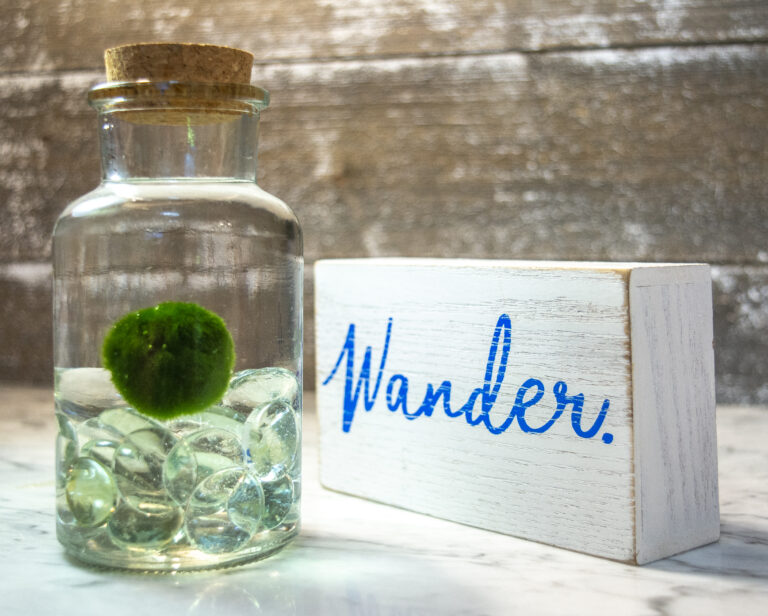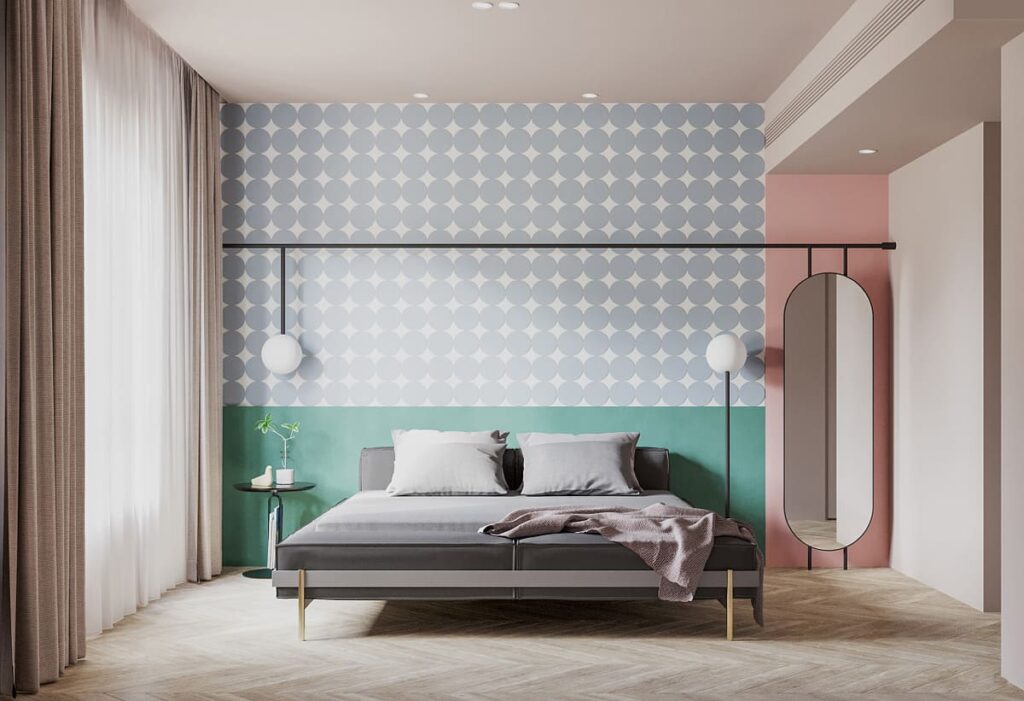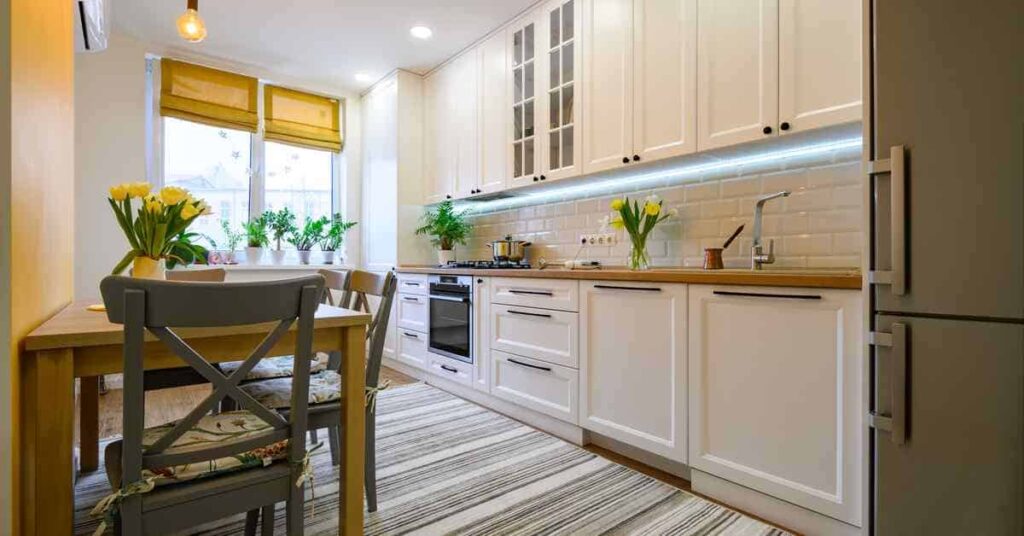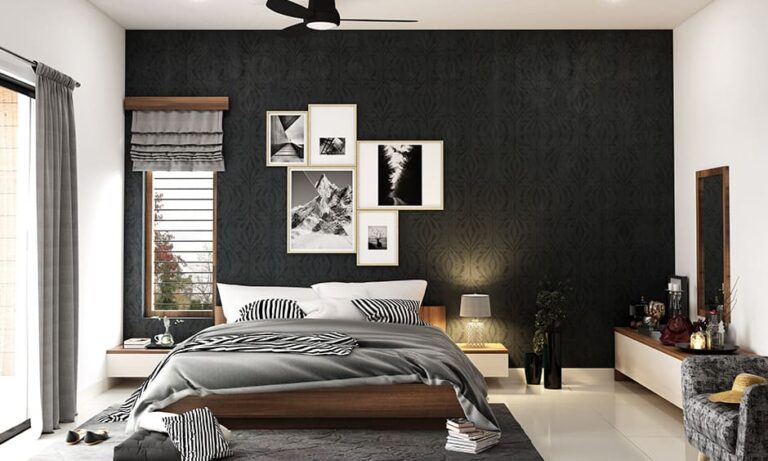Adding a toilet and shower to a shed can transform a simple storage space into a fully functional area, suitable for use as a guest house, a personal retreat, or even a workspace. However, such an installation involves not just plumbing and construction but also a careful consideration of cost. Here’s how to implement these features in a cost-effective manner, ensuring you maximize both the utility and value of your shed without breaking the bank.
1. Evaluate the Existing Structure
Before you begin, assess the current condition of your shed. Does it have the necessary foundation and wall integrity to support additional plumbing and fixtures? Strengthening the existing structure can be more cost-effective than building from scratch, provided the foundation is solid and water-resistant.
2. Plan Your Layout Wisely
Space planning is crucial when adding a toilet and shower, as it can significantly impact the cost. Design the layout to minimize the distance between the new fixtures and existing water and sewage lines to reduce the amount of piping needed. Also, consider using corner installations to maximize space and reduce material costs.
3. Choose Cost-Effective Materials
- Fixtures: Opt for standard, durable fixtures that do not compromise on functionality. Luxury fixtures can be tempting but choosing basic models will keep costs down.
- Building Materials: Use economical yet durable materials for construction and finishes. Waterproof vinyl or laminate flooring can mimic the look of wood or tile at a fraction of the cost.
- Pre-fab Shower Units: These are often more affordable than custom tile work and are quicker to install, saving on labor costs.
4. Do It Yourself (DIY) Where Possible
Taking on some of the work yourself can significantly cut costs. Simple tasks like demolition, basic framing, or finishing can be done without professional help if you have the necessary skills. However, for electrical and plumbing tasks, unless you are certified, it’s advisable to hire professionals to ensure safety and compliance with local codes.
5. Recycle and Reuse
Recycling materials from other projects or buying reclaimed items can reduce costs. Look for second-hand fixtures or building materials from salvage yards, online marketplaces, or local swap meets. Often, you can find high-quality materials at a fraction of the retail price.
6. Efficient Use of Space
Incorporating multi-functional designs can maximize space and minimize costs. For example, a toilet with an integrated sink, or a shower with built-in shelves, can save space and reduce the need for additional fixtures and fittings.
7. Consider Sanitation Solutions
If connecting to the main sewage line is too costly or not feasible, consider alternative sanitation solutions:
- Composting Toilets: These units are eco-friendly and do not require a connection to a sewage system.
- Macerating Toilets: These systems use a grinding and pumping mechanism to move waste to the sewer line without needing gravity flow, which allows for more flexible placement.
8. Ventilation and Waterproofing
Proper ventilation and waterproofing are crucial in a bathroom environment to prevent mold and ensure durability. Installing an efficient exhaust fan and using moisture-resistant paint can be cost-effective ways to protect your investment.
9. Budget for Unexpected Costs
Always include a contingency fund of at least 10-15% of the total budget for unexpected expenses. Discovering issues like poor soil conditions or outdated plumbing after starting the project can lead to significant unplanned costs.
Conclusion
Installing a toilet and shower in your shed is a valuable upgrade that increases the usability of the space. By planning carefully, choosing the right materials, and doing some of the work yourself, you can achieve this transformation in a cost-effective manner. Whether you’re aiming for a small functional bathroom or a more luxurious retreat, these tips will help you create a comfortable and affordable space in your shed.















